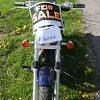Selling a motorcycle is part science, part art.
Selling a bike is partially a psychology experiment, too. Presumably, if you’re checking out this article, you are selling a motorcycle and want to get top dollar for it. You can find some guides online on how to do this, but the reality is there are a few ways to skin a cat, and different techniques will work differently for different sellers and different machines. I'll explain some things I do and think you should and why.
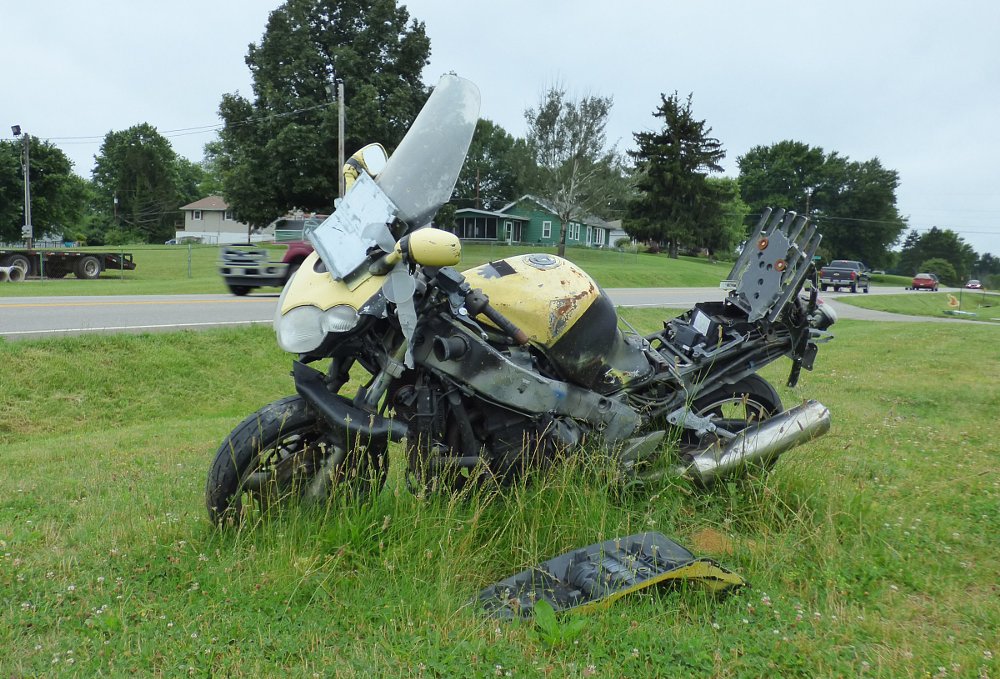
And my expertise? Well, I’ve sold a lot of motorcycles, and I like to think I’ve gotten pretty good at it. In my early years, I took a few financial baths. Nowadays I make dough on nearly everything I sell or, at very least, break even enough to support my habit. I often have bikes for several months or several years, and I don’t usually pay up for that privilege. I’ve been “rolling” the same money forward for a long time by buying right and selling right. Here are a few tips I’ll pass along that are by no means comprehensive, but are probably useful for those hockin’ a scoot.
Know your number
Examine “book values,” but don’t live or die by them. (I have yet to field a phone call from Kelley or NADA offering me money for a motorcycle I had for sale.) Searching for completed listings and finding comps online is the best way to gauge your bike’s value, but remember: asking price is not selling price. Get too ambitious with the asking price and you won’t get any offers. Price it too low, and you’ll leave money on the table. (In fairness, this may be a good tradeoff if you’re looking to speed this process along.) If you’ve built something unique or really went crazy on service or the condition is superb, you can justify a high asking price. Take a peek at similar models for sale — if your price is way high or way low, it’s probably way off.
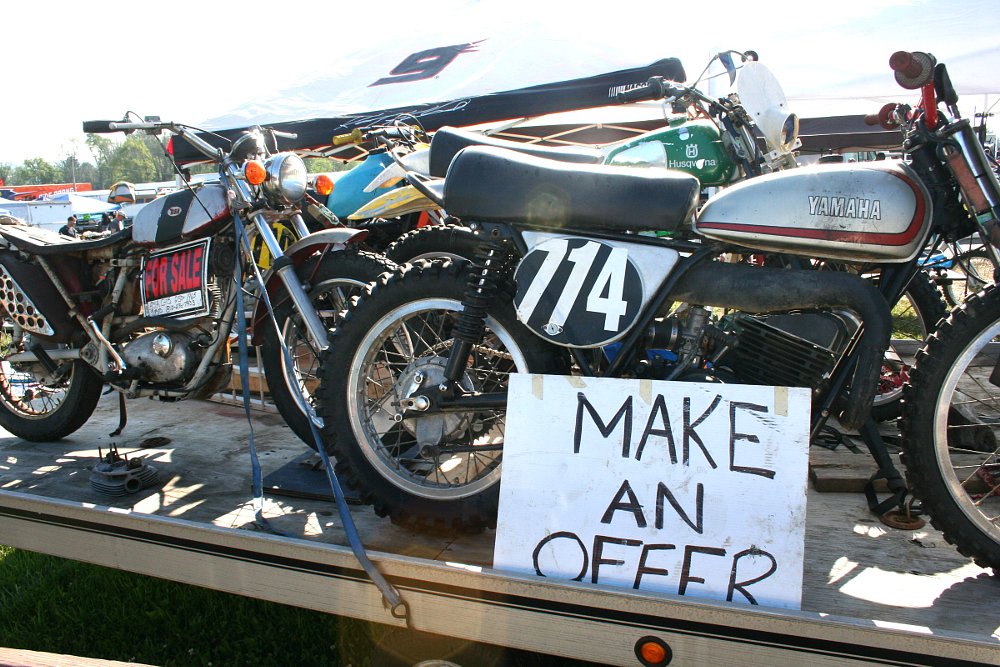
Be honest, too. A few dents here, a scrape there, a missing fastener over there — it’s likely your bike’s condition might not be top-notch. Not fixing all the things wrong is OK, but be prepared to honestly evaluate the shape your bike is in. When in buying mode, I’ve often shown up and found so many problems on a bike that I wouldn’t even consider purchasing it, lest I lose my ass on the other end. A good mechanic with a sharp eye likely can and will find a bunch of stuff wrong. Of course, you can head this off at the pass and bring it in for a pro to look over, but the cost will eat into your revenue.
Also, yeah, I know you spent money on aftermarket pieces and you think the bike is just perfect, but many out there have a different idea on what perfection looks like. Many will value non-stock pieces as less valuable than OEM, even though you paid up big-time for them! It may be worth your time to pull the aftermarket stuff, sell it separately, and move your bike in stock condition.
When determining value, it helps to ask yourself how much you might pay for your own machine. Sellers have a tendency to overvalue their possessions. (It’s called the endowment effect. Knowing what it is and how it works makes you smarter, and probably will temper your expectations as a seller.)

Pick a selling venue (or venues)
Not every motorcycle sells well in every venue. For a low-value, easy-to-procure machine? Craigslist or Cycle Trader is probably the way to go. If you’re selling a high-value, fairly rare machine or antique? Ebay will likely get you the best exposure to the best-heeled buyers who are educated on your bike, but you’ll pay Ebay a bit for that exposure. Handbuilt custom V-twin? Try Cycle Dope or Chopperswapper. Specialty race machine? Maybe a forum like vft.org or speedwaybikes.com. Older machine? What about a local AMCA swap meet? Different buyers hang out in different places. Going to where your buyers are likely to congregate maximizes your exposure.
Figure out who’s got your title
If you have a clean and clear title, great. Find it before you post your bike for sale! If your bank has a lien on your bike, explain that in the ad, and also explain how you’ll be handling the sale. Not every buyer understands how obtaining a title from the lienholder happens.
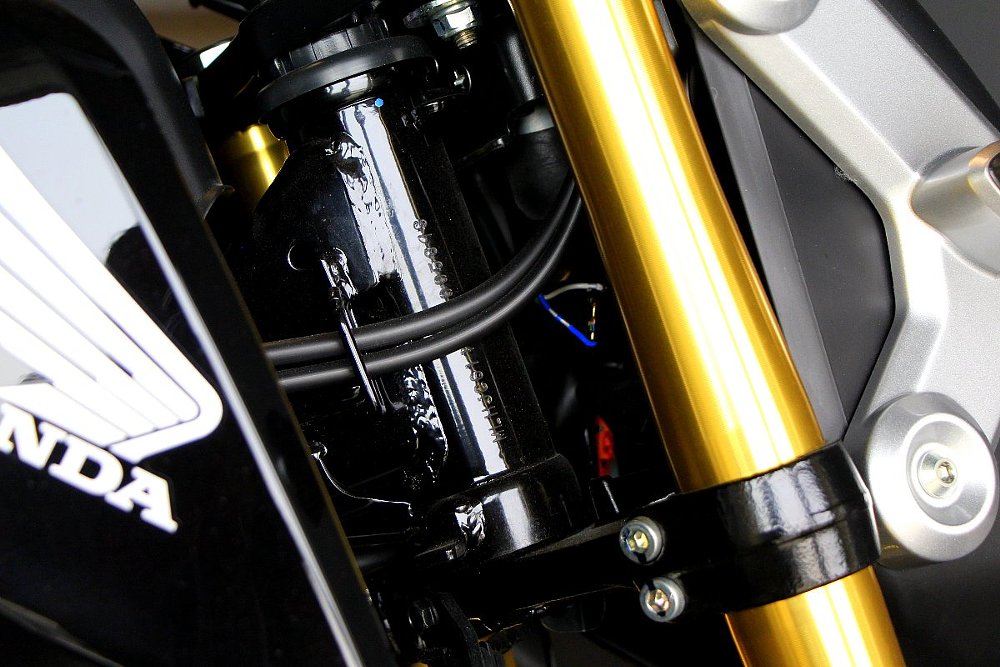
Or if you have no title, you might want to state that in your ad. Now would be a good time, too, to make sure there are no title errors if you haven’t done that already. I’ve ixnayed several bike purchases in a driveway or garage because a seller had an egregious title error that went unnoticed. That led to buyer disappointment, and the seller being disappointed twice — not only did he lose the sale, but he also has a fairly irritating problem to fix (or has to reeeeeally lower the price of the bike)!
Clear your schedule
If you’re like me, you’re busy. You work a lot, ride when you can, and probably have all sorts of personal stuff to attend to. You can set appointments with each buyer as you like, or mentally set aside an “open house,” usually best planned on a weekend.
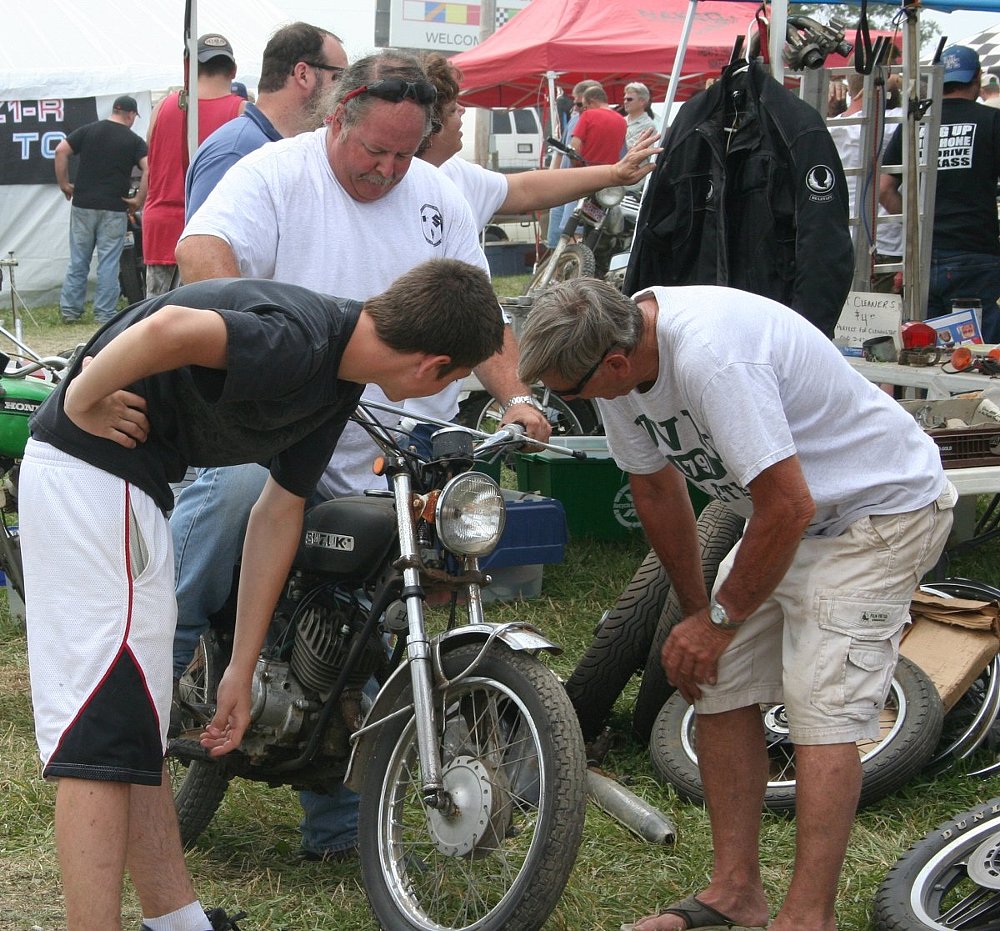
Plan this out, because it can be easy to forget, and then you’ll wind up scrambling to carve out times for prospective buyers. I don’t have any qualms about stacking up buyers near one another chronologically, but some buyers don’t appreciate that. Your call.
Choose a meeting spot
Some people aren’t comfortable with strangers coming to their house to see a motorcycle; I know I’m usually not. I've got a shop full of equipment and motorcycles, and my family lives inside the house; there’s little incentive for me to have total strangers over to my pad. If I’m selling to someone I know well? Sure, come on over. To a potential whacko from Craigslist? Thanks, I’ll meet you down at the local convenience store. With the proliferation of online selling, some local police departments have set up spots outside their HQs as a meeting place, so that can work well, too.
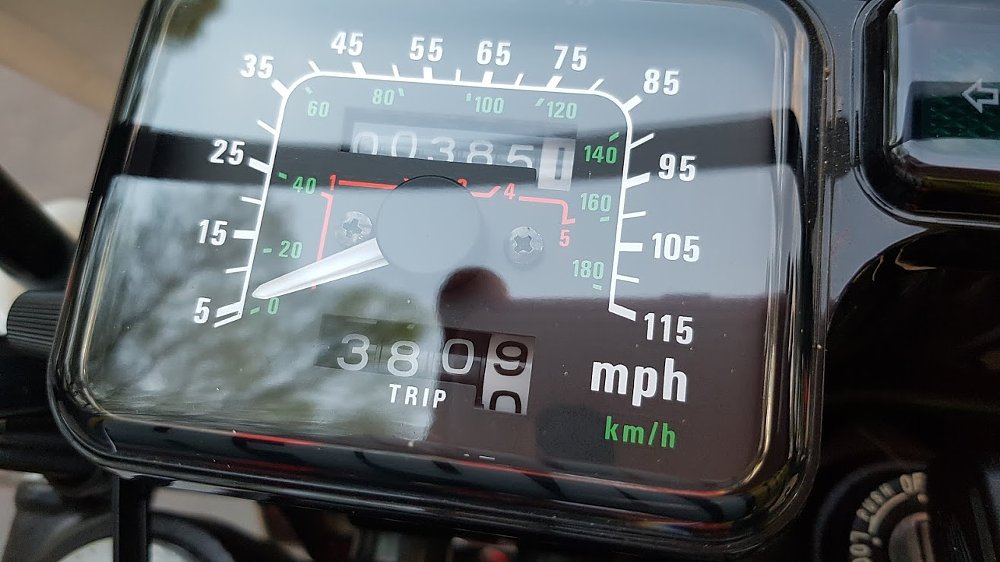
Plan your ad
Put clear, relevant information in your ad. You don’t have to be a communications major to write an ad, but proper formatting, spelling, and clear sentences make for easy reading. Major services, aftermarket parts, repairs, and crash damage are good information tidbits to include. Many of the e-mails I pen as a buyer, too, are inquiring about the mileage — without a clear pic of the odo (and even with one!), no one will be able to tell how many miles are on your horse, so don’t forget that. Links to more photos, articles, and forum posts for eager buyers are often welcome. And if you are kicking in extras like parts, manuals, or tools, list them as well.
Fearless Editor Lance made a good point. “Since we're no longer paying by the word, as we used to in the days of newspaper classified ads, I try to flood potential buyers with all the relevant information I can. Those who are serious will be reassured and those who are looking for something other than what you're selling will be less likely to call you and waste everyone's time."
I used to think that way. As a buyer, I would prefer to have a river of information through which I can wade. However, I have written ads like that many times, and almost always I wind up answering questions that are all in my text. At this point in time, when selling a fairly fungible motorcycle, I think there is a sweet spot of just a couple hundred words. I think part of this has to do with many people shopping on a phone, which is not always the best instrument for processing lots of text. Differing viewpoints, but each ad-writing style is probably better tailored for a particular type of customer, wouldn’t you say?
Though it can be tempting to paint your bike in the best light possible, you can weed out chiselers and disappointed non-purchasers by being clear and direct. My take? I’ve had great luck with underpromising and overdelivering.
Take a hint from the SEO crowd, too: plan your keywords. This has helped me a lot. For instance, if you’re selling, say, a flat-track bike, you may want to include keywords like “flat track,” “flattrack,” (note one word versus two) “DTX,” “dirt track,” “dirttrack,” and “tracker.” Why? Some people search via filters, others simply type in terms. If your ad never pops up for an interested buyer with money in hand, you are missing out on potential customers!
This next bit is some gratuitous op/ed from a craiglist junkie.
There’s no need to tell people not to lowball you; they’ll do it anyway, and everyone’s definition of that term varies. Simply putting that text in the ad doesn’t stop the insulting offers, I promise. You’re just wasting keystrokes.
You don’t need to tell people you’ll take the ad down when it sells, either. All those emails you get asking if you still have it? Those are spammers, scammers, and bots. You don’t need to copy and paste specs for a production bike in, either. Genuinely interested buyers will know what the bike can do or are able to look it up if they don’t.
And for God’s sake, please don’t tell people in your ad that you “know what you have.” Buyers are smart. No one thinks you fell off the turnip truck last night, and the insinuation is irritating to 100 percent of buyers, if my informal surveying is at all accurate.
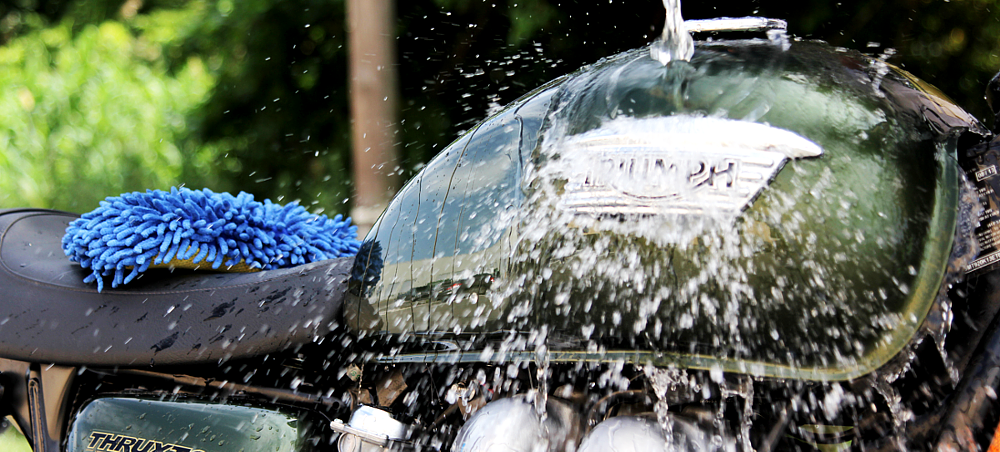
Prep your bike
I mean, for starts, this sounds kind of dumb, but make sure if you’re selling a motorcycle as running, that it actually runs. Especially if you waited over winter to sell when prices climb in spring, it’s not uncommon to have a dead battery, gummy carbs, or some other item preventing the bike from running. Go take it for a nice long ride and make sure everything works as you plan to advertise it. You might want to rectify any problems and perhaps perform some maintenance — turn-key and “ready to go” can pay off, especially for a new rider or one who doesn’t want to get into a project. If you’re advertising the bike as a non-runner, don’t forget to put that information in your ad!
Next, spiff it up. At a minimum, hose it off and scrub down the bike, and if you want to extract maximum value, detail that baby. All the nooks, all the crannies, and make that paint shine. (If you don’t know a fair amount about paint, leave it be. It’s delicate and you can do more harm than good if you aren’t sure what you’re doing.)
Dry it off, step back, admire your handiwork, and then briefly second-guess if you really want to sell your pride and joy, and then proceed to the next step.
Shoot photos
Here’s the number one way to help your bike sell: shoot pics. Clear ones. And shoot a lot of them. Show any damage. Don’t get fancy with filters and composition; you want the bike to appear big in the frame with great lighting. Find a background that’s not busy, or better yet, no discernible background at all. Don’t be lazy and leave the bike in the garage surrounded by clutter in crappy light. Buyers value their time, and going to look at a bike that may or may not be what they had in mind represents a potential waste of that valued time. Easy on the flash, too. The reflections often won't appear as they do in reality, and sometimes the harshness exposes flaws in a way that make them look worse than they are. If in doubt, try photos both with and without, and decide which looks better.
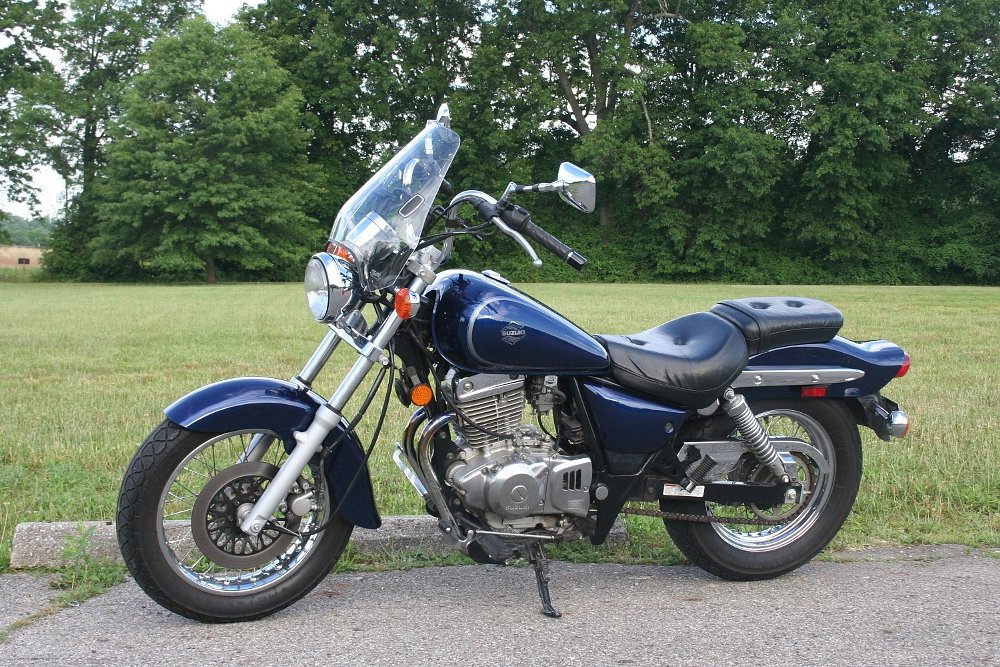
If you don’t know what you’re doing or don’t have a great phone camera, call a friend. Shooting a few pictures with a DSLR and lightly editing them takes minor effort that can help your bike stand out, but is not totally necessary. Remember, great photos highlight a great bike, which should bring a great price. Don’t forget to shoot pics of any aftermarket bits, too!
After this is done, post your ad.
Respond
This part gets lame. Theoretically, allowing contact through text, phone, and e-mail is ideal, but that can be a drain on your time. Grabbing a throwaway Google Voice number or a pay-as-you-go burner phone can be a smart move here.
Expect frivolous spam and scam attempts, tire-kickers, and real low offers. Don’t take it personally. Everyone’s trying to make (or save!) a buck, just like you. Delete the junk and try to respond concisely, clearly, and punctually to the hopeful prospects.
Leave it cold
Unless you've got something to hide, show the seller how the bike runs cold. (Obviously, this is not possible if you are riding to a meeting place.) A bike that starts easily and without undue noise or drama usually indicates that it’s in good tune and probably not much of a purchase risk mechanically.
Allow test rides
Folks rarely come to joyride something unless it’s really special, and if you’re selling something like this, weeding out not-so-serious people is pretty easy. It’s too much time and effort for most people to show up just to take a joyride. However, you don’t want some rando crashing your whip. So here’s my easy plan for this: Tell the buyer you’ll negotiate the price assuming it rides as expected, collect the cash, then allow the test ride. Understand, too, that they may try to continue haggling after the fact.
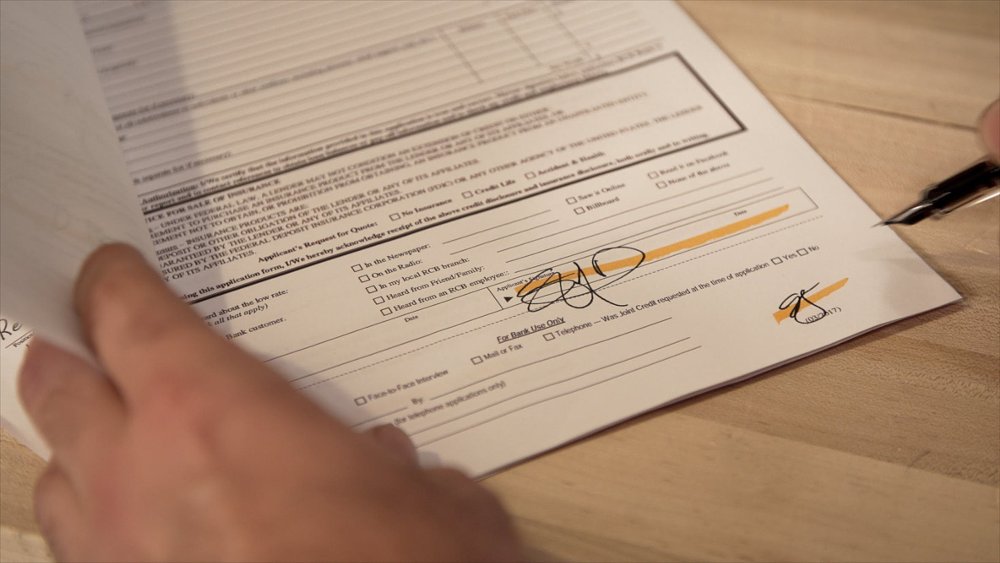
Get paid
Remember that not every buyer will have both cash and financing as a payment option. If you’re selling a bike for two grand, people will likely show up with cash, and if you’re selling a bike for 20 grand, most people will have financing, but the area in between those numbers can sometimes be murky. Knowing what payment you’ll accept (and what you won’t accept) makes a buyer’s life easier — and will help whittle down the questions you’ll receive.
Scams exist the world over. Cash can be counterfeited, checks can bounce, and money orders can be forged. Trust your gut. For some added peace of mind, get a copy of a driver’s license with whatever method of payment you’re going to accept. Remember, most thieves trying to steal a motorcycle are going to try to grab the goods and take off, not go through all the hoopla of the appearance of legitimately buying a bike.
Give the new owner a present
This step is optional. “Extras” are often nice to get with a bike, like manuals, spare parts, OEM takeoffs, accessories like a cover or battery charger, or sales literature. I’d recommend leaving them out of the ad simply because it’s rare they add much to the amount a buyer will cough up for a bike. By leaving them to the end, you can try to sell those pieces if you don’t get a good price for the motorcycle, or reward a good buyer. Plus, it’s a nice way to make someone happy about their new purchase! Fellow bike flipper Joe Zito says, “I generally try to include any spare parts or manuals/parts books with the vehicle as an added bonus. This also gives me some sort of faux peace of mind that the next owner will love and maintain the machine as I did.”

Kiss it goodbye
Once you have the loot, sign over the title (or fill out the appropriate bank paperwork to get the title on its way to the new owner) and figure out what to buy next!







